Slovenia year 2015 stamps Filmography – Slovene Films 1v MNH**
Slovenian film history is rooted in the country’s rich cultural traditions and has evolved over the decades. The first Slovenian films emerged during the early 20th century, though Slovenia was then part of larger political entities like the Austro-Hungarian Empire and later Yugoslavia. Here is an overview of the early stages and some key milestones in Slovenian film history:
1. Early Beginnings:
- 1905: The first film recorded in Slovenian territory was by a foreign director. “Oberstdorfer Festzug” (1905) by filmmaker Karl W. Freund included footage from a festival in Ljubljana, the capital of Slovenia.
- 1922: The first major Slovenian feature film was “In the Kingdom of the Goldhorn” (Slovene: V Kraljestvu Zlatoroga) by director Janko Ravnik. This silent film is often regarded as the true beginning of Slovenian cinematography. It depicts the beautiful landscapes of Slovenia’s Julian Alps and incorporates mythological themes.
- 1931: “Matkova Tina” by Fran Govekar was the first Slovenian film with sound (albeit produced outside the country). This marked a transition from silent films to sound films.
2. Growth During the Yugoslav Period:
After World War II, Slovenia became part of Yugoslavia, and this period was marked by increased film production, often state-sponsored, focusing on war stories and socialist ideals.
- 1948: The first full-length feature film in post-war Slovenia was “Na svoji zemlji” (On Our Own Land), directed by France Štiglic. It is considered a classic and focuses on Slovenian partisans fighting against the German occupation during World War II. This was also the first Slovenian sound feature film shot entirely in the Slovene language.
- 1953: “Trenutki odločitve” (Moments of Decision) by France Štiglic further established the national cinema, blending personal stories with historical events.
3. Slovenia’s Breakthrough:
In the 1960s and 1970s, Slovenian cinema began to develop a more distinct identity, with films exploring complex psychological and social themes, often with a sense of ambiguity and surrealism.
- 1963: “Dolina miru” (Valley of Peace), also directed by France Štiglic, won international recognition. It was entered into the Cannes Film Festival, where actor John Kitzmiller won the Best Actor Award for his role in the film. This film tells the story of two children and an American soldier during World War II, showcasing the effects of war on innocent lives.
- 1972: “Cvetje v jeseni” (Blossoms in Autumn), directed by Matjaž Klopčič, became a widely beloved romantic drama based on the novel by Ivan Tavčar. It remains a classic in Slovenian cinema.
4. After Independence (1991–Present):
With Slovenia’s independence from Yugoslavia in 1991, the Slovenian film industry underwent changes, becoming more reflective of the country’s new identity. There was a rise in independent films, and directors explored a wide range of topics from post-socialist realities to global issues.
- 1991: “Babica gre na jug” (Grandma Goes South) by Vinko Möderndorfer was one of the first significant post-independence Slovenian films.
- 2005: “Odgrobadogroba” (Gravehopping) by Jan Cvitkovič won several international awards and is a good example of modern Slovenian cinema, blending dark comedy with deep emotional undertones.
- 2015: “Houston, imamo problem!” (Houston, We Have a Problem!) by Žiga Virc is a mockumentary-style film that received international acclaim for its clever use of history and humor, focusing on the myth that Yugoslavia sold its space program to the U.S. in the 1960s.
Notable Slovenian Directors:
- France Štiglic – Considered the father of Slovenian cinema.
- Matjaž Klopčič – Known for his explorations of human psychology and relationships.
- Vinko Möderndorfer – A prolific modern filmmaker who tackles a range of contemporary social issues.
- Damjan Kozole – Known for films such as Spare Parts (2003), which delves into the darker side of Slovenia’s modern life.
International Recognition:
Slovenian cinema has continued to grow, and while it remains small in terms of global output, it has earned a place on the international stage with films shown at major festivals such as Cannes, Venice, and Berlin.

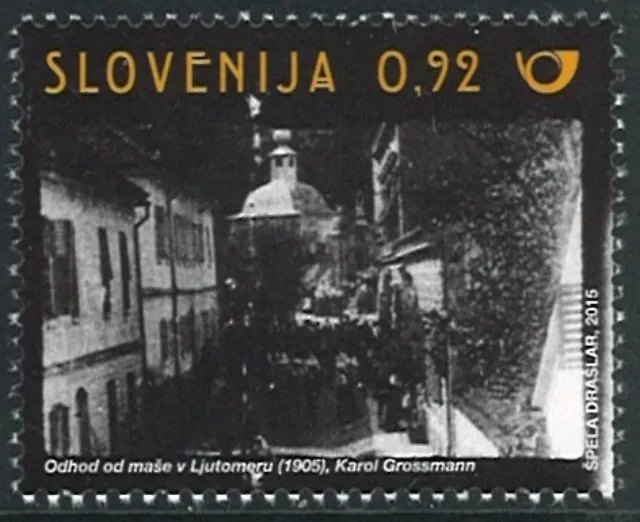
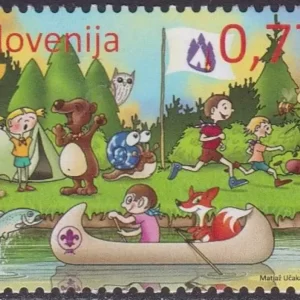
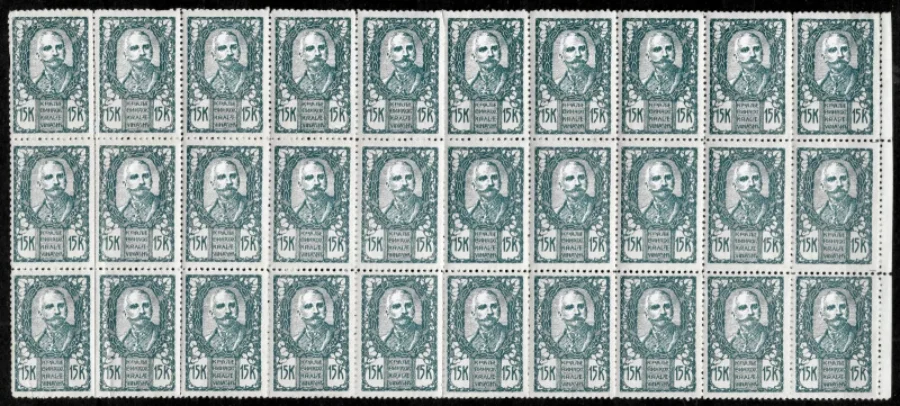

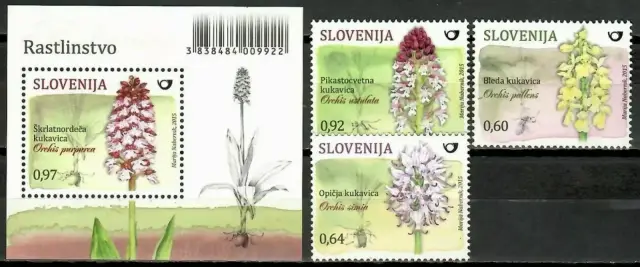
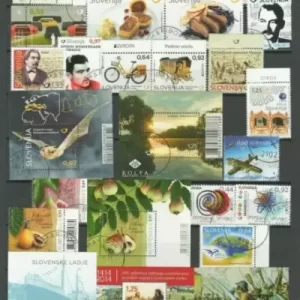
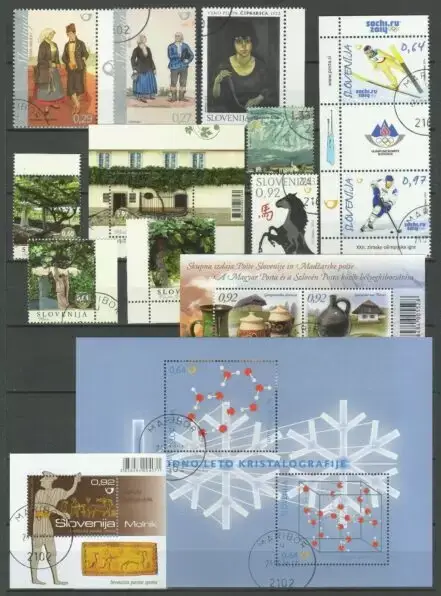

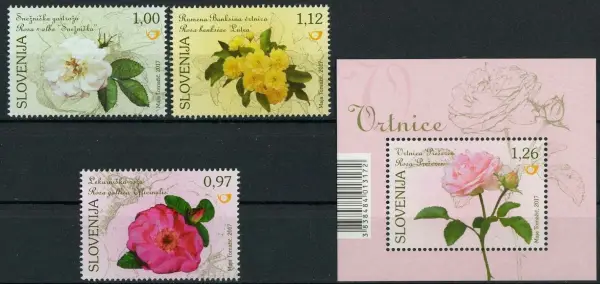
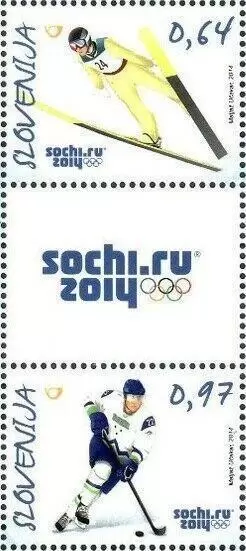
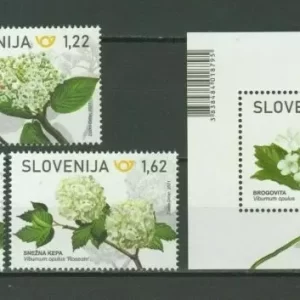
Reviews
There are no reviews yet.